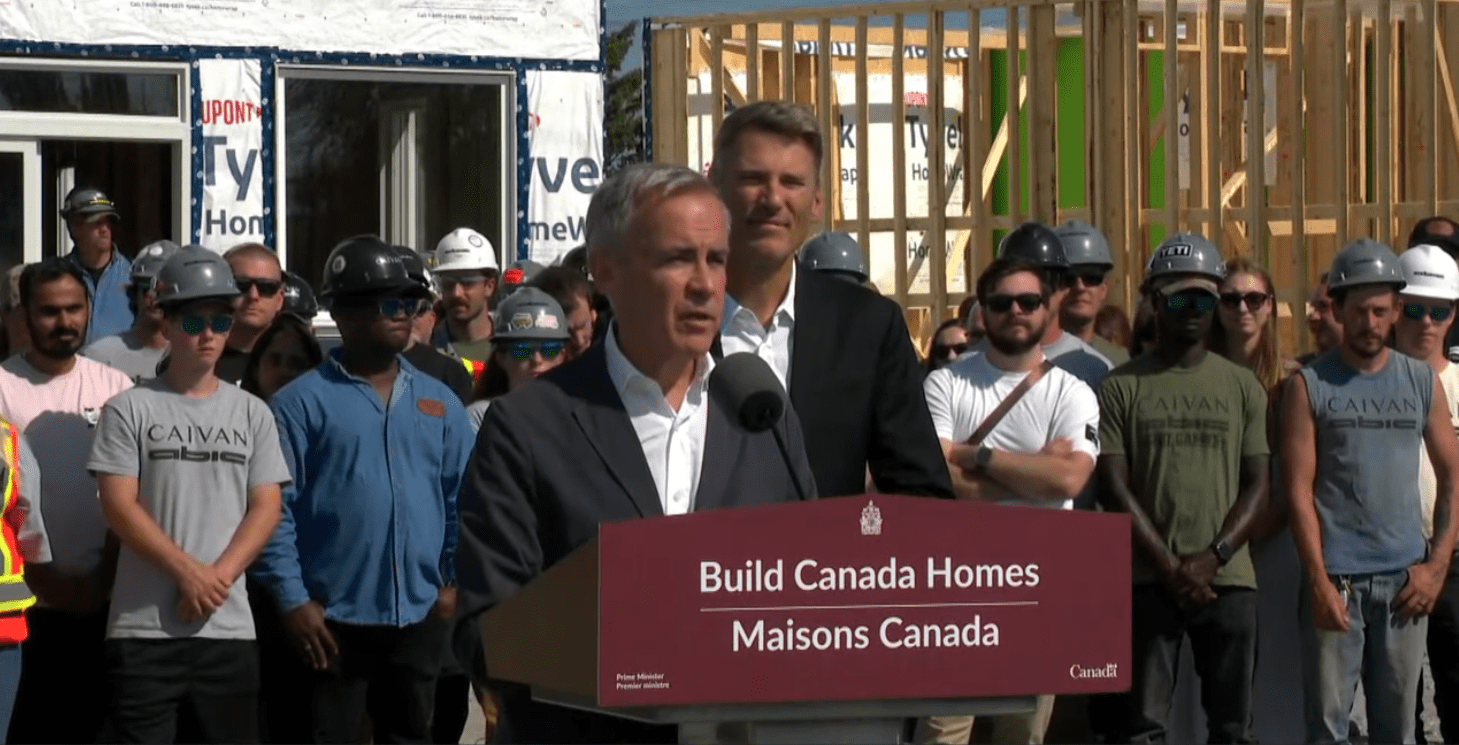
Another federal program. Another multi-billion-dollar headline.
But will this latest initiative actually make homes more affordable for Canadians?
What Ottawa Announced
In mid-September, the federal government unveiled Build Canada Homes, a new agency with roughly $13 billion in initial funding. Its stated mission is to accelerate the construction of affordable housing by starting with 4,000 factory-built homes on federal land and supporting builders to “increase the pace of construction.”
The question is whether this move will truly change Canada’s housing affordability picture.
Promises on Paper
-
Create a national agency dedicated to building homes.
-
Invest about $9 billion to support affordable housing.
-
Launch an initial 4,000 modular homes on government-owned sites.
-
Pledge to speed up building and assist private developers.
Where the Plan Misses the Mark
1. Over-reliance on Modular Construction
Modular or factory-built homes are being presented as a breakthrough, but demand for them remains limited.
Financing can be tricky, resale values lag, and private builders already adopt efficiencies that make sense.
If modular truly were faster or cheaper, the market would have scaled it up without federal intervention.
2. Builders, Not Bureaucracies, Create Homes
Canada already has capable builders. What slows them down is a maze of policies, fees, and local red tape.
Adding another agency does little to cut those obstacles.
3. Spending Without Tackling Root Causes
Several fundamentals continue to drive the housing shortage and price escalation:
-
Rapid population growth compared to new housing starts. We are adding 400,000 to 1,000,000 people per year, but building just a fraction of that amount of housing.
-
Layers of taxation and fees that can add 40–60 percent to a home’s cost.
-
Municipal zoning and approval delays that stretch projects over years.
-
Government spending and debt that add pressure on wages and building costs through inflation.
-
Years of artificially low interest rates that fuelled demand and price inflation. Propping up the economy with near-zero rates has fueled demand for housing and driven money out of savings… driving prices higher.
Pouring billions into a new program leaves these realities untouched.
4. Proven Policy Levers Already Exist
We have seen how lower immigration targets or reduced student visa numbers quickly affect demand. Interest rate increases have cooled prices.
These are direct tools with immediate impact — yet they remain politically difficult, so new spending programs often take their place.
The Takeaway
Canada’s housing challenge is not mysterious. Supply, demand, and costs respond to clear policy decisions. Rather than creating another agency and spending another $13 billion, government could:
-
Streamline municipal approvals.
-
Revisit tax and fee structures.
-
Align immigration and student-visa intake with building capacity.
Until those fundamentals are addressed, housing affordability will remain out of reach for many Canadians.
A decade (or more) of policy drift cannot be undone with one more expensive announcement.